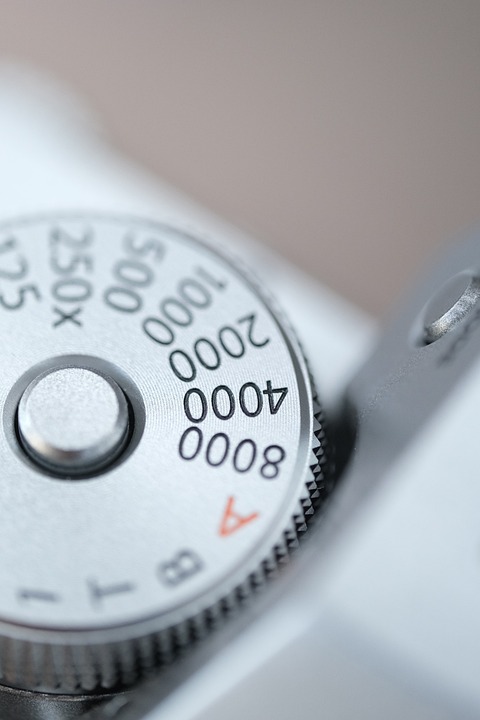Not Flat, Not Faked: The Moon Landing’s Surprising Truth
On July 20, 1969, NASA’s Apollo 11 mission made history by successfully landing the first humans on the Moon’s surface. But the excitement and accomplishment were tempered by skepticism and conspiracy theories about the authenticity of the mission. Despite numerous studies, investigations, and even NASA’s own admissions of error, many still question whether humans really set foot on the Moon.
But the truth is more fascinating than any fictional scenario. In this article, we’ll explore the surprising facts that confirm the moon landing as a genuine achievement, debunk common myths, and provide a glimpse into the extraordinary engineering, science, and heroism behind this remarkable event.
The Proof is in the Pictures
One of the most frequently cited concerns is the alleged "lack of stars" in photographs taken during the mission. Conspiracy theorists argue that if the photos were genuine, they should show more stars in the background. However, this argument relies on a flawed understanding of camera settings, moon phase, and atmospheric conditions. The images were taken in low light conditions, and the camera was not adjusted to capture the faint light of the stars. In reality, the cameras were focused on capturing the stark, black-and-white terrain of the Moon’s surface.
Furthermore, independent analysis of the images using computer algorithms has revealed hundreds of thousands of stars in the photographs. Additionally, multiple cameras with different sensitivities and resolutions captured the same images, increasing the chances of detecting stars in multiple angles. It’s a matter of photographic physics, not fiction.
Radiation, Meteorites, and the Van Allen Radiation Belts
Another area of scrutiny focuses on the potential hazards posed by space radiation and meteorites during the mission. Critics claim that exposure to cosmic rays would have harmed the astronauts, and the harsh environment would have damaged equipment and electronics. However, NASA thoroughly assessed and prepared for these risks. The spacecraft was designed to withstand the radiation environment, and the astronauts received rigorous training to counteract the effects.
As for meteorites, NASA conducted extensive calculations to predict potential hazards, including the likelihood of collisions and impact craters. Additionally, the mission’s trajectory took them through areas with low meteorite concentrations, reducing the risk even further.
Seismometers, Laser Ranging, and Orbiting Satellites
Several types of data collected during the mission corroborate the moon landing. Seismometers installed on the Moon’s surface by the Apollo astronauts recorded the seismic activity caused by their own footprints and movements, confirming their presence. Laser ranging satellites orbiting the Earth and Earth-orbiting satellites like NASA’s Apollo 11 Service Module continued to monitor the Moon’s distance from Earth, ensuring accuracy in orbit and gravity.
These corroborating data points further demonstrate the validity of the moon landing.
Conclusion
The moon landing’s surprising truth is not only rooted in science but also in the human achievements of incredible engineering, remarkable exploration, and historic moment. The conspiracy theories surrounding this event only serve to fuel public interest, but the facts, images, and data unequivocally prove the mission’s authenticity.
As we celebrate the anniversary of the moon landing, it’s essential to separate fact from fiction, recognize the achievements of the past, and acknowledge the pioneers who pushed humanity forward.
Image: "Lunar Module Eagle, NASA Apollo 11 Mission, 1969"
FAQs
- What was the main goal of the Apollo 11 mission?
The primary objective was to land the first humans on the Moon’s surface and return them safely to Earth.
- How did NASA prove the authenticity of the moon landing?
By analyzing photos, video footage, seismometers, laser ranging data, and corroborating evidence from multiple sources.
- Were there any technical or environmental risks during the mission?
Yes, including exposure to space radiation, meteorite hazards, and extreme temperatures.
- Did NASA fake the moon landing to impress the public and secure funding?
There is no credible evidence to support this claim, and the overwhelming majority of scientific, academic, and expert communities reject it.
- Are there any plans to return humans to the Moon in the future?
Yes, NASA is currently working on a lunar mission called Artemis, aiming to return humans to the Moon by 2024.



